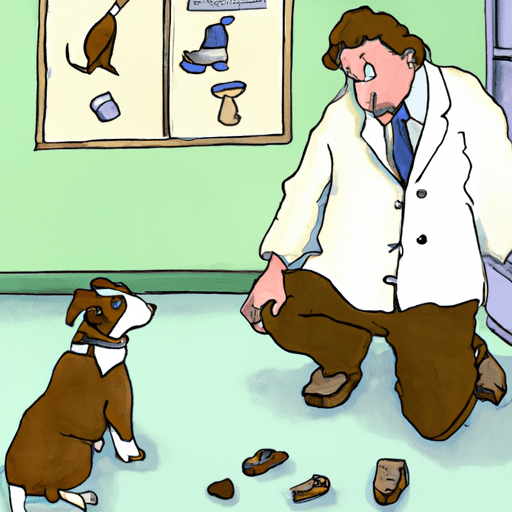Understanding Pica in Dogs
Pica is a behavioral disorder that can cause your beloved dog to eat non-food items like dirt, stones, or fabric. It’s a condition that can be quite perplexing and distressing for caregivers like you. Let’s take a closer look at how to recognize and treat this issue effectively. This condition is not only bizarre but can also pose serious health risks to your pet, including intestinal blockage and chocking.
Recognizing the Symptoms of Pica
Identifying pica in your dog might be tricky at first. You might even dismiss it as playful behavior. Here are some signs you should look out for:
- Your dog persistently eats non-food items.
- Your dog’s eating habit is causing health issues like vomiting or diarrhea.
Remember, though, that these symptoms might indicate other health problems too, so it’s always best to consult with a vet.
Treating Pica in Dogs: The Essentials
Treating pica in dogs requires a comprehensive approach that includes both medical treatment and behavioral modification. Below are the steps you should follow:
- Consult a Vet: This is the first and most crucial step. Your vet will help rule out any underlying medical conditions that might be causing pica.
- Training and Behavior Modification: If pica is indeed a behavioral issue, you might need to work with a professional dog trainer or behaviorist. They can help your pet unlearn the behavior and replace it with healthier ones.
- Dietary Changes: Sometimes, pica can be caused by nutritional deficiencies. Your vet might recommend changing your dog’s diet or adding supplements.
Dietary Changes to Consider
If your vet suspects that nutritional deficiencies might be causing your dog’s pica, they might recommend some changes in diet. Here’s a table highlighting some suggestions:
| Nutrient | Food Source |
|---|---|
| Fiber | Pumpkin, carrots, peas |
| Protein | Chicken, beef, fish |
| Minerals | Bone broth, egg shells |
Prevention: Keeping Your Dog Safe from Pica
Treating pica is one thing, but preventing it from happening again is another. Here’s what you can do:
- Keep your home clean and free from small, chewable items.
- Provide plenty of mental and physical stimulation for your dog.
- Regular vet check-ups to monitor your dog’s health.
Frequently Asked Questions
Q: Can pica in dogs be cured completely?
A: Yes, with proper treatment and behavior modification, pica can be effectively managed.
Q: Is pica in dogs a sign of other health issues?
A: It can be, so it’s important to consult a vet to rule out any underlying conditions.
Q: Can diet changes alone cure pica?
A: While diet can play a role in managing pica, it’s usually best addressed through a combination of medical treatment and behavior modification.
Remember, you’re not alone in this journey. With patience, understanding, and the right help, you can guide your dog to a healthier, happier life.



